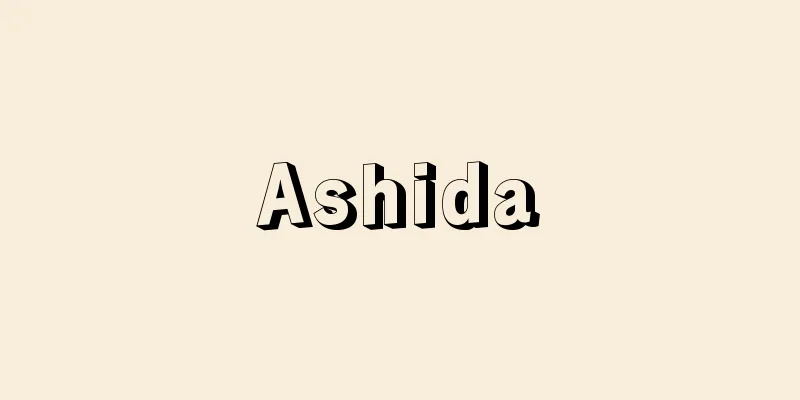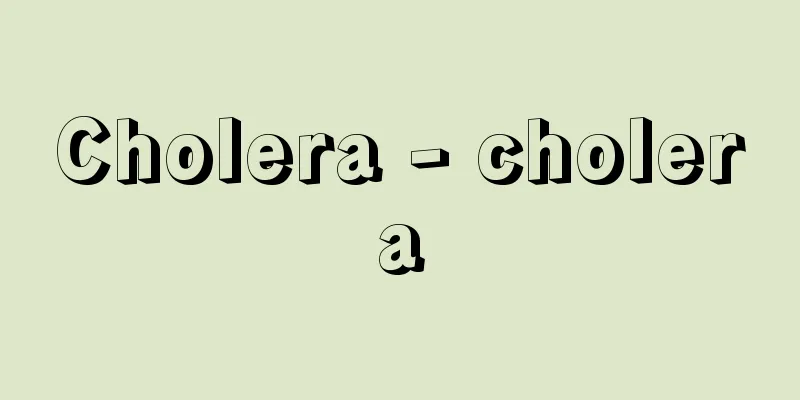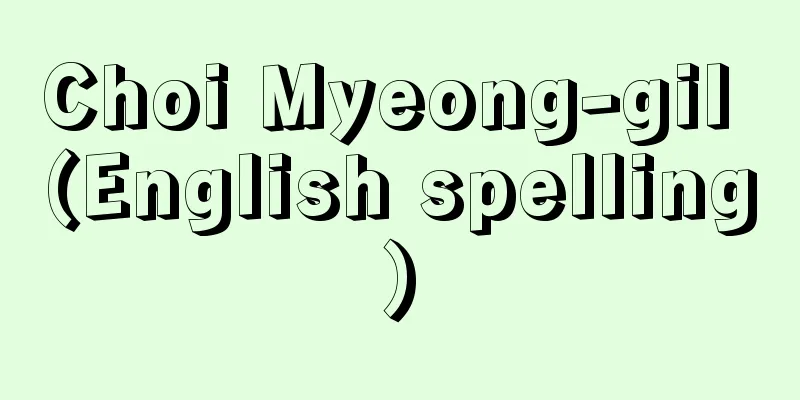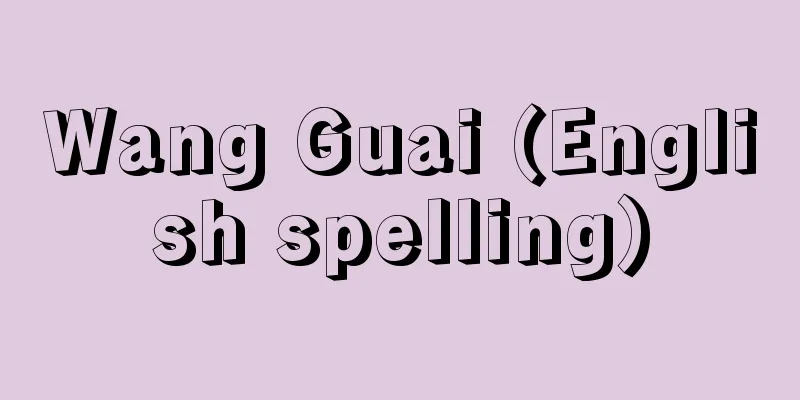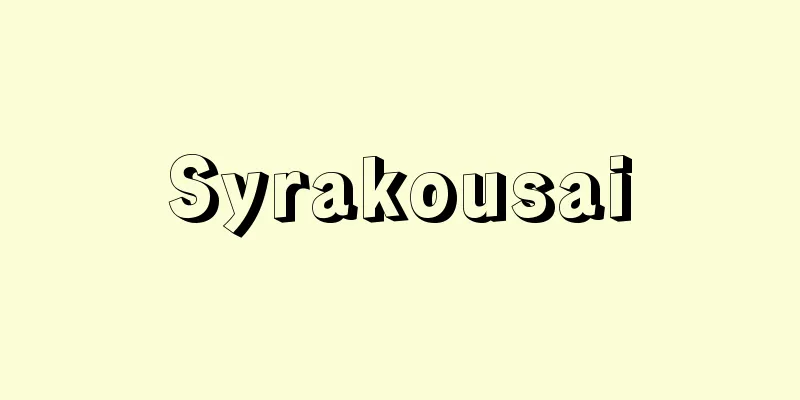Sanzo Nosaka
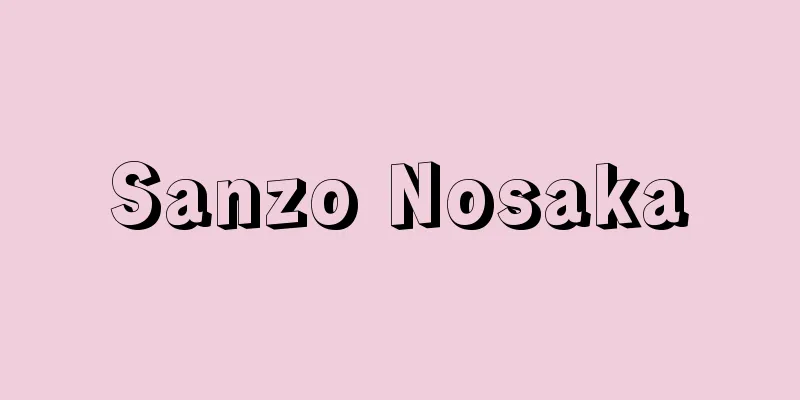
|
Politician. Communist. Born in Hagi City, Yamaguchi Prefecture. While studying at Keio University, he joined the Yuaikai (the predecessor of the Japanese Labour Federation), and after graduation, he became its headquarters secretary. In 1919 (Taisho 8), he traveled to England, and the following year, in 1920, he joined the British Communist Party, but in 1921, he was ordered to leave the country and went to the Profintern headquarters in Moscow. He returned to Japan in 1922, and while working at the Sōdōmei headquarters, he created a left-wing group within the Sōdōmei, and in July of the same year, he participated in the founding of the Japanese Communist Party. He was arrested in the First Communist Party Incident in 1923, and in 1924, he became the director of the Institute for Industrial and Labor Research when it was established. He was arrested and imprisoned in the March 15 Incident in 1928 (Showa 3), but was released on parole to treat an eye disease, and in 1931, he escaped from Japan and entered the Soviet Union. In 1935, he became an executive committee member of Comintern, formulated a new movement policy for Japan based on the People's Front line, and traveled to the United States to carry out anti-Japanese activities, including publishing the magazine "International Correspondence." In 1940, he went to Yan'an and organized the Japanese Anti-War League, a group of Japanese prisoners of war. He announced a flexible policy on the issue of the Emperor during the war, and in January 1946 (Showa 21) after Japan's defeat, he returned to Japan and called for the formation of a democratic front. He was elected to the House of Representatives in the same year and advocated the realization of a peaceful revolution under the American occupation forces, but in January 1950, this policy was criticized by the Cominform as Nosaka Theory, and after the Japanese Communist Party split, he joined the mainstream faction. In June of the same year, he was expelled by the occupying forces, and for the next five years he operated underground. In 1955, he became the first secretary of the Japanese Communist Party, and from 1958 to 1982, he served as chairman of the Central Committee, and after his resignation, he became honorary chairman. He was a member of the House of Councillors from 1956 to 1977. In 1993, he was expelled for violating prewar party rules. [Shiro Akazawa] "The Path of Nosaka Sanzo, compiled by the Nosaka Sanzo Document Compilation Committee (1964, Shinnihon Shuppansha)" ▽ "Nosaka Sanzo's The Path of Nosaka, Vol. 1-8 (1971-1989, Shinnihon Shuppansha)" ▽ "Nosaka Sanzo as History, by Wada Haruki (1996, Heibonsha)" [References] | | | | |Source: Shogakukan Encyclopedia Nipponica About Encyclopedia Nipponica Information | Legend |
|
政治家。共産主義者。山口県萩(はぎ)市出身。慶応義塾大学在学中に友愛会(日本労働総同盟の前身)に入会し、卒業後はその本部書記となる。1919年(大正8)イギリスに渡航し、翌1920年イギリス共産党に入党したが、1921年国外退去を命ぜられ、モスクワのプロフィンテルン本部に赴く。1922年に帰国し、総同盟本部に勤務しながら総同盟内に左派グループをつくり、同年7月日本共産党の創立に参加した。1923年第一次共産党事件で検挙され、1924年産業労働調査所の設立とともにその所長となる。1928年(昭和3)三・一五事件で検挙投獄されたが、眼疾治療のために仮出獄したのを機に、1931年日本を脱出してソ連に入国した。1935年コミンテルン執行委員となり、人民戦線路線にたつ新しい日本の運動方針を作成し、アメリカに渡って『国際通信』を発行するなど対日工作を行った。 1940年延安(えんあん/イエンアン)に赴き、日本人捕虜による日本人反戦同盟を組織する。戦争中から天皇問題に対し柔軟な方針を発表し、敗戦後の1946年(昭和21)1月帰国して民主戦線の結成を訴えた。同年衆議院議員に当選し、アメリカ占領軍下での平和革命の実現を唱えたが、1950年1月この方針はコミンフォルムから野坂理論として名指しで批判され、日本共産党の分裂後は主流派に属した。同年6月占領軍により追放され、以後5年間地下活動を行う。1955年日本共産党第一書記となり、1958~1982年中央委員会議長、辞任後は名誉議長となる。1956~1977年参議院議員。1993年、戦前の党規違反を理由に除名された。 [赤澤史朗] 『野坂参三資料編纂委員会編『野坂参三のあゆんだ道』(1964・新日本出版社)』▽『野坂参三著『風雪のあゆみ』1~8(1971~1989・新日本出版社)』▽『和田春樹著『歴史としての野坂参三』(1996・平凡社)』 [参照項目] | | | | |出典 小学館 日本大百科全書(ニッポニカ)日本大百科全書(ニッポニカ)について 情報 | 凡例 |
<<: Before loading - before loading
Recommend
Anglo-Nubian (English spelling)
...Due to these characteristics, they are often k...
Blockade - Fuusa
It refers to the use of naval power to block and ...
Faulkner - William Cuthbert Faulkner
American novelist. Along with Hemingway, he is co...
Indian Desert
…The desert occupies the northwestern part of the...
How to make public
...It is synonymous with the word "Ooyakekat...
nadim (English spelling)
...After the fifth caliph Harun al-Rashid (reigne...
Intercropping - Kansaku
A type of mixed cropping in which one crop is cult...
Doran - Doran
A type of bag. It is said that the name originate...
Yoritsugu Kujo
Born: En'o 1 (1239). November 21, Kamakura [Di...
Meles meles anakuma (English spelling) Meles melesanakuma
…[Hiroshi Aramata]. … *Some of the terminology ex...
Rubus parvifolius (English spelling) Rubus parvifolius
… [Matsui Jin]. … *Some of the terminology that m...
Letterpress printing machine - letterpress printing machine
(Mizuno Printing Museum, 2-9-2 Irifune, Chuo-ku, T...
Poplin - Poplin (English spelling)
Generally, it is a plain weave fabric with some w...
clasper
… In cartilaginous fishes, which are ovoviviparou...
Akazonae
〘 noun 〙 An army in which all of the armor, access...
